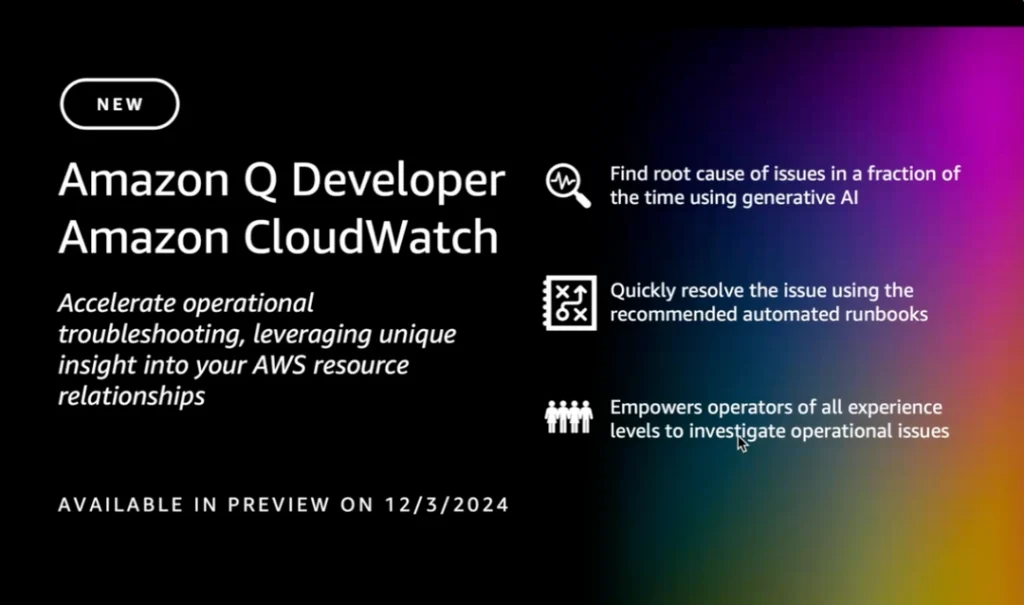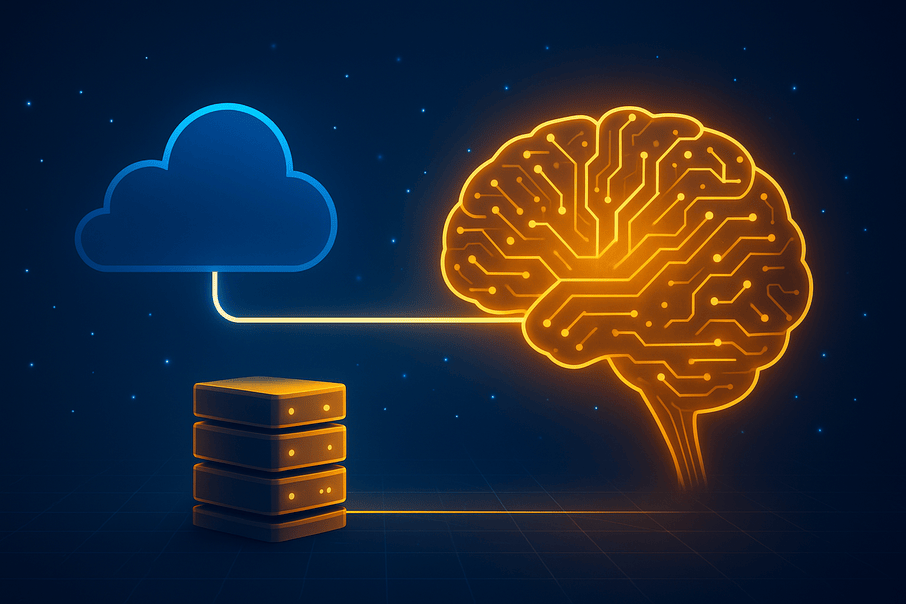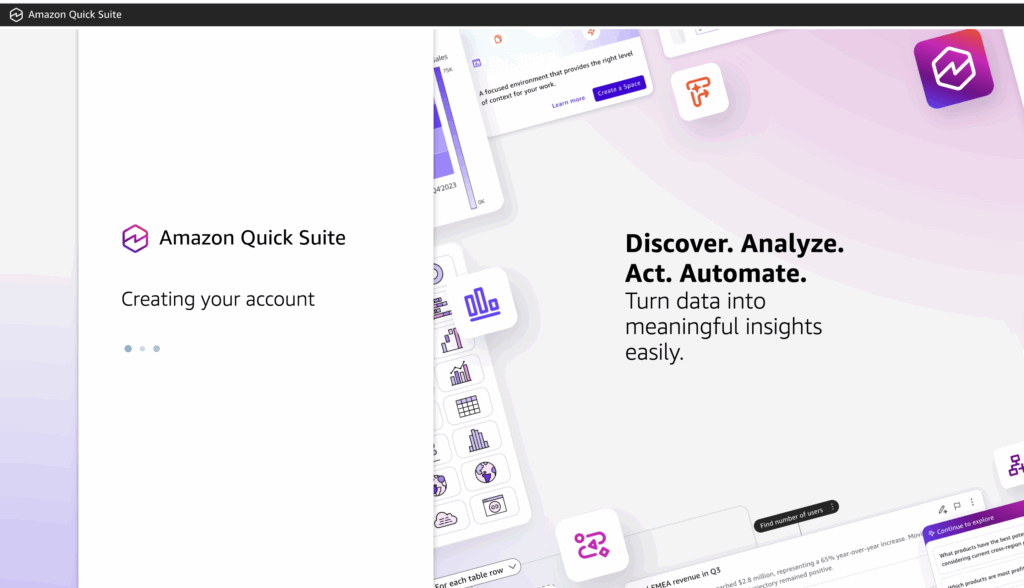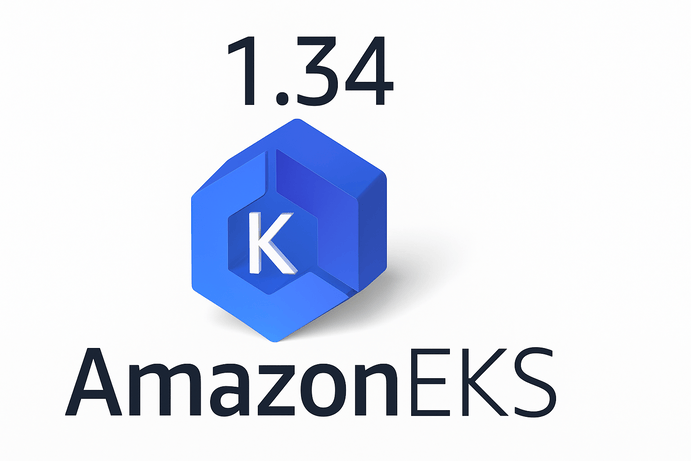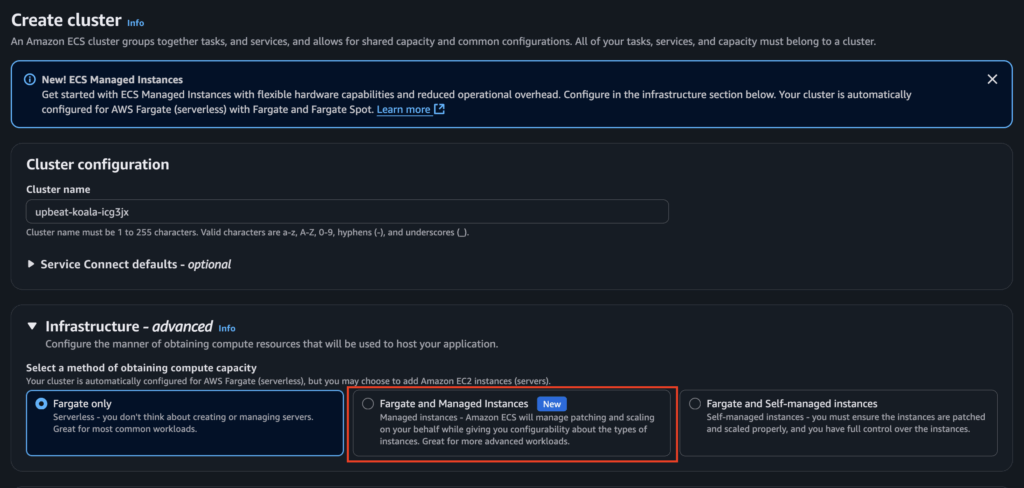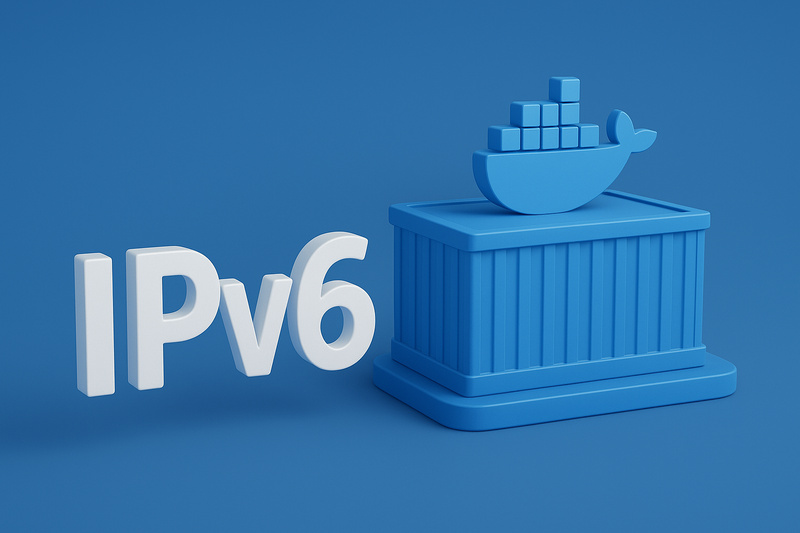AWS has unveiled a cutting-edge feature set for operational issue resolution, powered by generative AI and seamlessly integrated into the CloudWatch platform. These tools promise to redefine how engineers investigate and remediate operational issues, with a focus on automation, collaboration, and enhanced insights.
At the heart of this transformation are two key components: Amazon Q, an intelligent assistant for operational queries, and the AI-powered investigation module, which integrates telemetry data and generative AI for comprehensive troubleshooting.
Amazon Q: Your AI-Powered Operational Assistant
Amazon Q is an advanced AI-driven interface designed to simplify and streamline operational tasks. Here’s how it works:
Operational Query Navigation:
- Imagine receiving a system alert in the middle of the night. Instead of manually digging through dashboards and logs, you can ask Amazon Q questions like, “Tell me more about this alert.”
- Q accesses telemetry data, logs, metrics, and other operational insights to provide a detailed summary of what’s happening.
Seamless Integration with CloudWatch:
- Amazon Q is fully integrated into CloudWatch, enabling users to transition effortlessly from identifying an issue to launching an investigation.
- With a conversational interface, engineers can extract actionable insights without navigating complex dashboards.
Starting Investigations from Alerts:
- Once Q provides context for an issue, users can immediately initiate an investigation. This sets the stage for deeper exploration using the AI-powered investigation module.
AI-Powered Investigations: A New Era in Troubleshooting
AWS’s AI-powered investigation tool is designed to enhance the troubleshooting process with advanced data collection, hypothesis generation, and collaborative workflows. Below is a breakdown of its capabilities:
Automatic Data Gathering
- Investigations can be initiated from a variety of sources, including:
- Alarms triggered in CloudWatch
- Specific metrics or dashboard anomalies
- Log query results highlighting unusual behavior
- Once initiated, the system aggregates relevant telemetry data to provide a comprehensive starting point for analysis.
Generative AI for Insights
- The backend of the investigation module uses generative AI to identify and surface related information. This includes:
- Log entries, metrics, and alarms correlated to the issue
- Historical data that may indicate patterns or root causes
- The system presents this data in a structured manner, enabling users to focus on the most relevant information.
Hypothesis Formulation
- As data is added to the investigation, the system leverages AI to formulate hypotheses about the root cause of the issue.
- Hypotheses are dynamic and evolve as new information is integrated, helping engineers zero in on the problem more effectively.
Collaborative Investigation Environment
- The investigation module is designed to be a collaborative workspace:
- Multiple engineers can contribute simultaneously, adding observations, external documentation, or manual findings.
- The tool supports real-time updates, ensuring that everyone is working with the latest information.
- This collaborative approach reduces resolution times and improves knowledge sharing across teams.
Decision-Making and Resolution
- Engineers can decide which findings and hypotheses to prioritize.
- The system suggests remediation steps based on AWS operational best practices, ensuring alignment with industry standards.
- If necessary, external runbooks, ticketing systems, and chat tools can be integrated for end-to-end resolution workflows.
Conclusion
The combination of Amazon Q and AI-powered investigations represents a paradigm shift in operational troubleshooting. By integrating automation, collaboration, and generative AI, AWS empowers engineers to resolve issues faster and with greater precision. With these tools, organizations can reduce downtime, enhance operational efficiency, and build resilient systems that scale with their needs.

